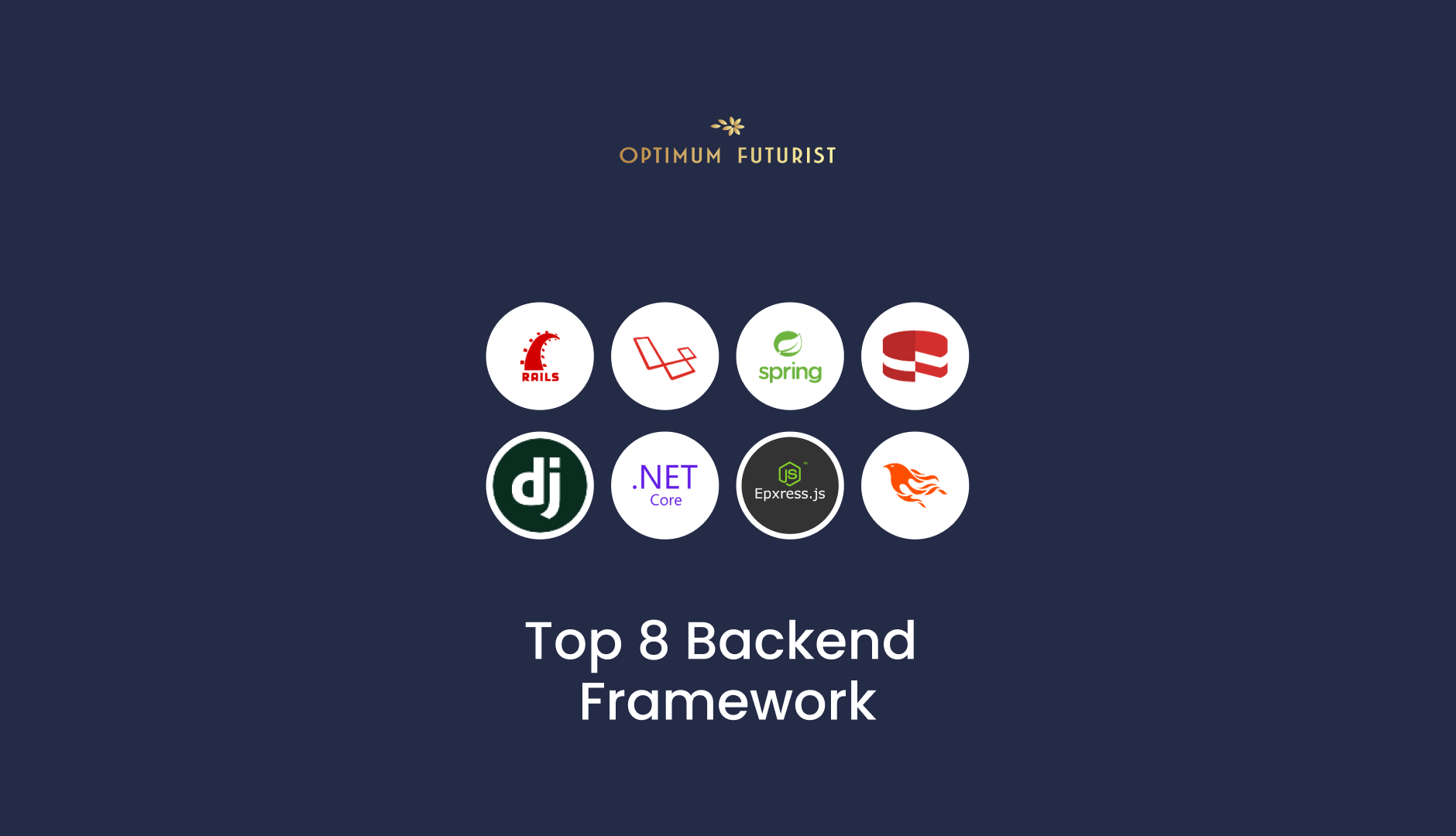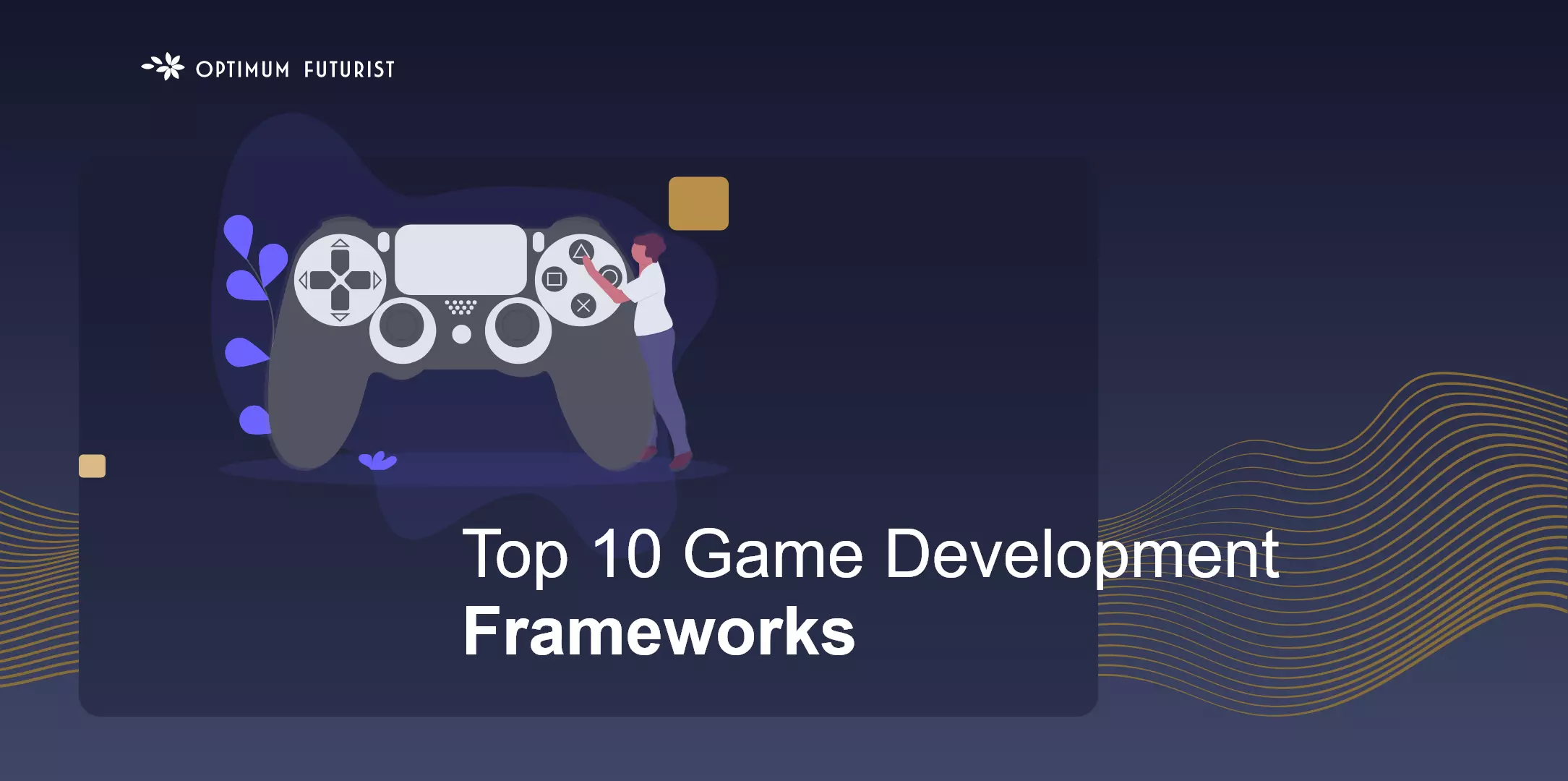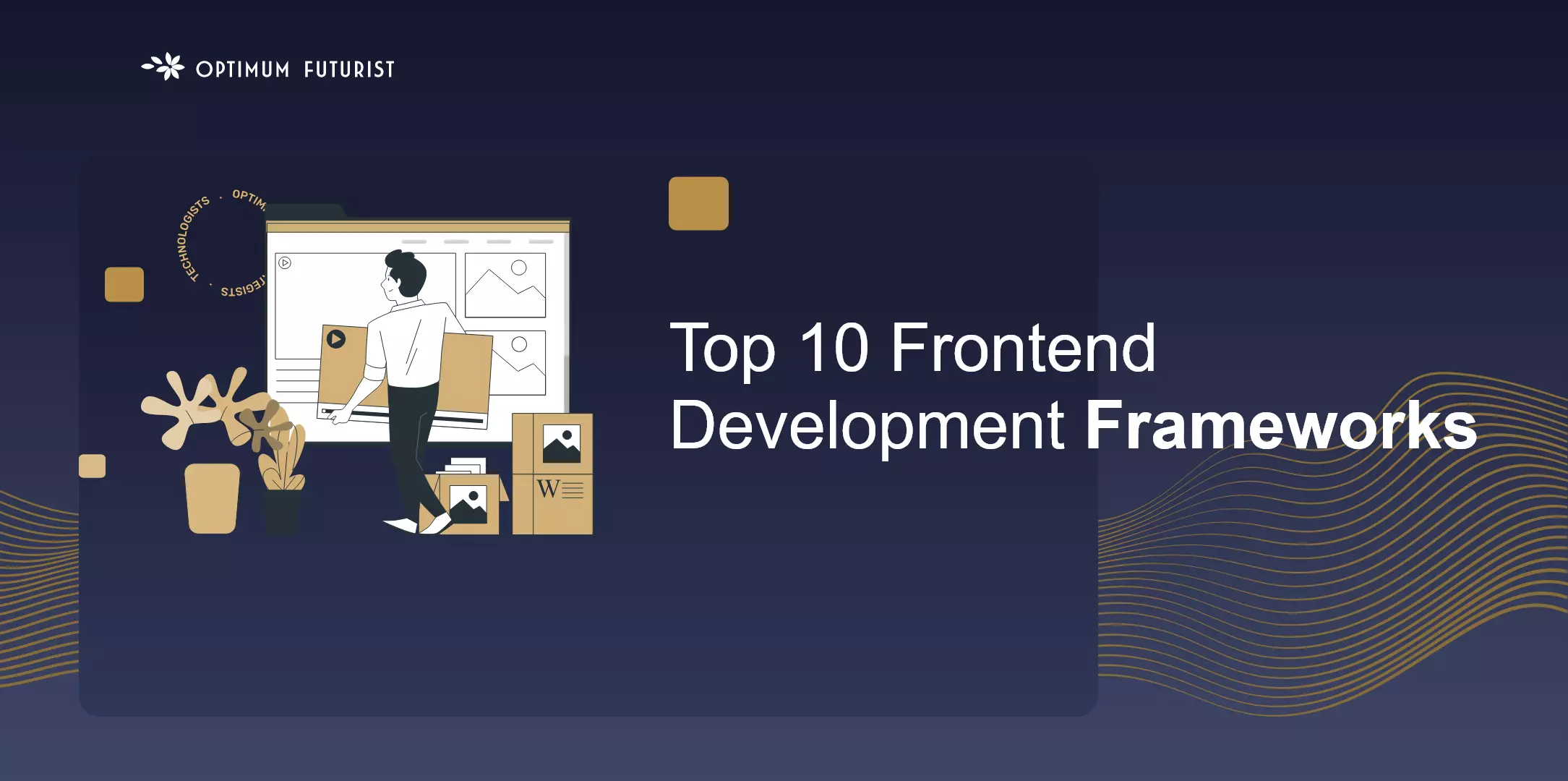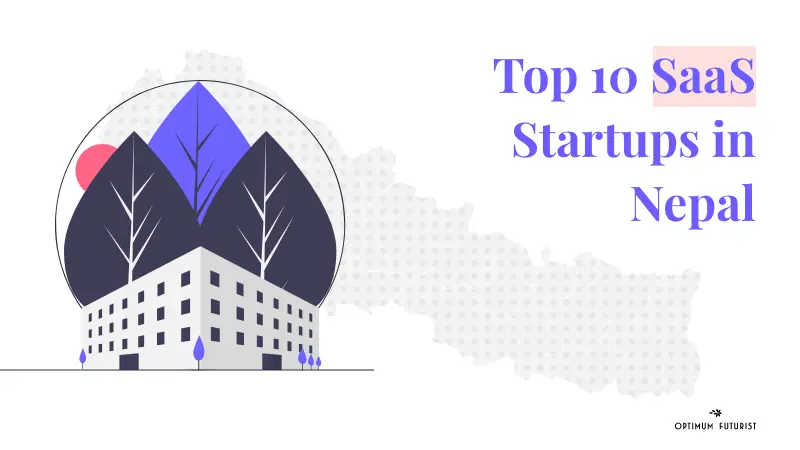Top 8 Backend Frameworks you must know for 2022
Web development is usually divided into two orders, namely, front-end development and back-end development. The front-end developer is responsible for developing the graphical interface of a website using a markup language such as CSS, and JavaScript.
This enables users to interact with the website without having to reload the page. A back-end developer is responsible for constructing the server aspect of online operation and adopting the proper technology and framework. But today’s top is all about backend and the various backend frameworks developers employ for their use.
Top Backend Frameworks for Web Development?
Backend frameworks are designed to simplify and make the development of web applications more efficient. Instead of having to learn their own frameworks, developers can use one of these frameworks and focus on building their application rather than worrying about how it will fit into an existing system
In this article, we'll be taking a look at the most popular backend frameworks available for web and app development.
So without further ado, here are the top 8 rundowns of back-end web development frameworks.
1. Laravel
Laravel is a powerful open-source PHP framework, which follows a model-view-controller (MVC) design and is simple to grasp as it is straightforward. The prearavel provides an advanced set of features that come with the basic options of PHP frameworks.
2. Django
Django is an open-source Python framework that allows a developer to create fast, secure, and maintainable websites. The framework encourages the creation of reparable and reusable code. As Django code is written in python, it runs on any server platform to run applications of UNIX, Windows, and macOS. One of the most significant advantages of using the Django framework is its ability to develop large-scale, database-driven, interactive internet applications.
3. ExpressJS
Express framework designed for building web applications and APIs. The express application framework provides a broad range of options for building web and mobile applications. A single page, multipage, and hybrid internet application can be built with it. Dynamic content can be created on web pages by using templating engines.
4. Ruby on Rails
Ruby on Rails encourages the use of patterns like DRY and CoC, which are used in the Ruby language. Ruby on Rails is a Ruby language framework for creating web applications that adheres to the Model-View-Controller (MVC) design pattern and features excellent support for migrations. It uses Ruby, JavaScript, CSS, and Hypertext Markup Language to build dynamic applications.
5. ASP.net core
ASP.NET Core is a cross-platform and open-source framework for building modern cloud-based applications. Examples of such applications include internet applications, IoT applications, and mobile backend services. NET is a free, open-source, and cross-platform application runtime environment architected to provide an optimized development framework for apps to run on-premises. ASP.NET Core apps run on .NET. It consists of standard element keeping flexible and creatable solution-based apps cross-platform Windows, MAC, and UNIX.
6. Spring
The Spring Framework provides a comprehensive programming and configuration model for contemporary Java-based enterprise applications. Spring applications can be built with the framework. The Spring framework automatically configures the application to support the added dependencies. Spring is also called the "framework of frameworks" because it supports other frameworks like JSF, Hibernate, Structs, etc.
7. Phoenix
Phoenix is a web development framework based on server-side Model read Controller (MVC) web frames. Several of its elements and ideas can appear familiar to those people with expertise in different web frameworks like Ruby on Rails or Python's Django. It also has some fascinating new features, such as channels for implementing real-time options and pre-compiled templates for blazing speed.
8. CakePHP
CakePHP framework uses some of known design patterns like Associative Data Mapping, Front Controller, and Model-View-Controller (MVC) . Cake PHP utilizes some well-known engineering concepts and software designs, such as model-view-controller, convention over configuration, association data mapping, front controller, and active record. Cake framework’s router facilitates multifaceted HTTP app routing request to the exact controller.
Conclusion:
And that brings us to the end of our list of the Top Backend Frameworks available currently. The backend development industry has seen tremendous growth in recent years, with new technologies and frameworks emerging every day.
While Django and Laravel remain as the most popular backend frameworks, you might consider a different option such as Spring or Phoenix depending on the scale of your project. Each framework serves its own purpose and should be considered based on your requirements. Moreover, demand and community support might also be some parameters you should consider for your choice. Similarly, if you’re a beginner frameworks like Django and Ruby on Rails might be better options for you.
Ultimately, the choice of backend framework will depend on a variety of factors, including your personal preferences, the size and complexity of your project, and the technical requirements of your application. By staying up-to-date with the latest trends and developments in the world of backend development, you can ensure that you are using the best tools and techniques to build the next generation of web applications. To learn more about these trends and the latest advancements software development, we highly recommend you keep an eye on our blog and follow our social media channels for more information:



